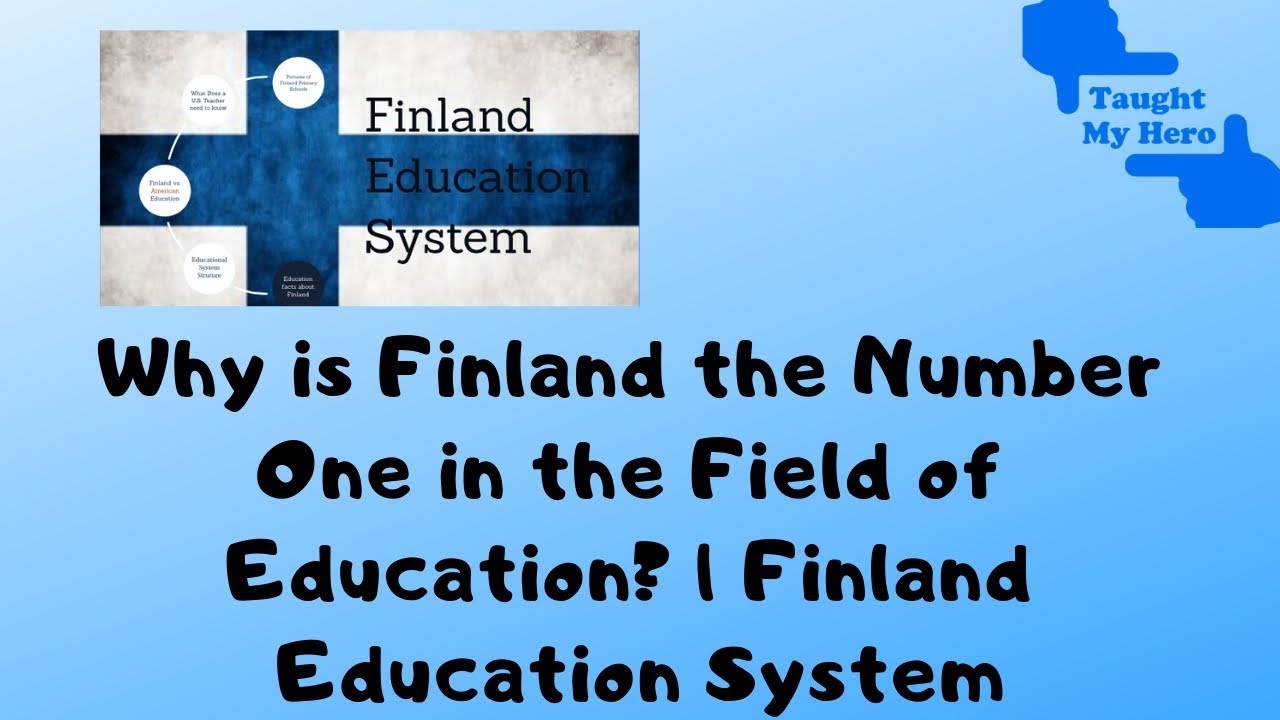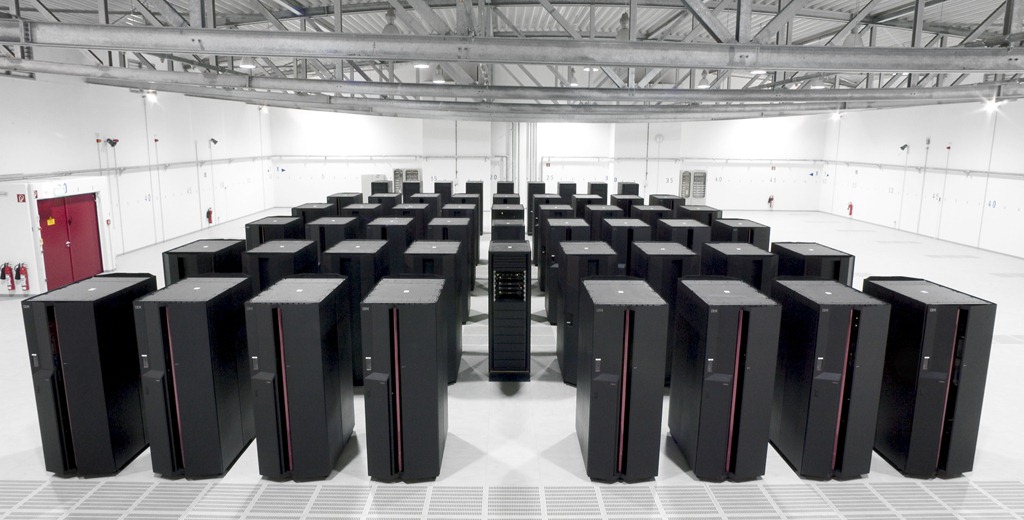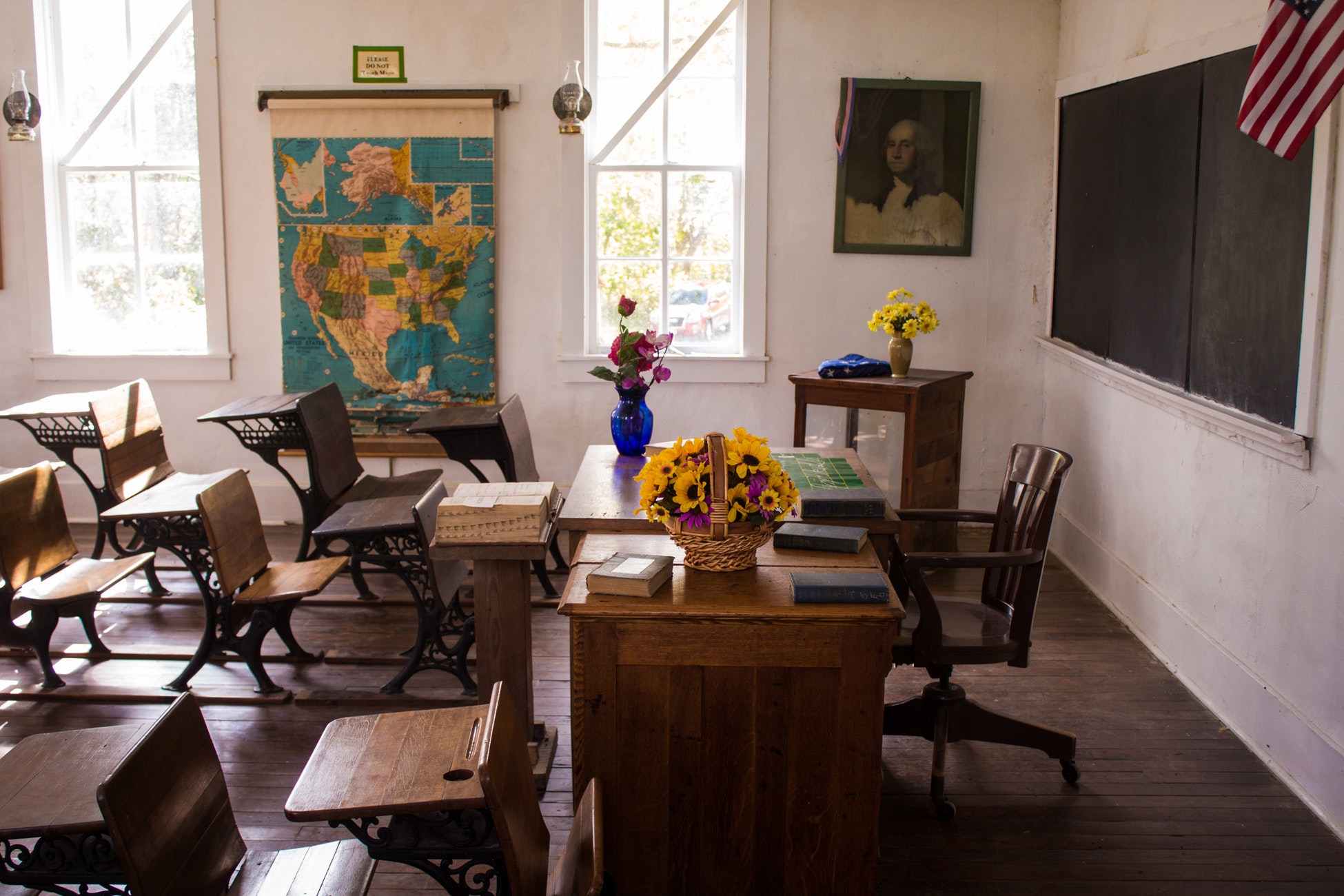Education in Finland is ranked one of the best globally, since 2000
How good is the education in Finland?
Program for Internationational Student Assessment (PISA) test results will soon to be released this December 2019. The test is where education leaders measure their level of competency in providing the best education for their students.
US schools are ranked 31st on the most recent ranking selection. On the other hand, Finland a small country topped the PISA chart way back in 2000 and never looked back. After topping the chart, Finland remained on top for several years in a row after.
The way Finland has been treating its education system is really impressive, they treat it as a very important natural resource.
We only have our forests and our people
The approach is holistic, student-centered, and quality-focused. Education in Finland is designed to support students to succeed and blend in well with society. Compared to American standard which is driven to statistics, standards, and accountability, the Finnish brand of education is more focused on the association of their students as productive members of society.
Education in Finland can be breakdown into 4 following ways:
- Target Profile for Graduates
Education in Finland is focused on state target abilities instead of standard content-based curriculum. Education is designed to follow a framework that is suitable for the labor force needed in local municipalities. - Rigorous recruitment for high-quality educators
Finland puts emphasis on hiring the right educators and training them to fit in with the education system in the country. The teachers’ training is known to be very competitive and rigorous. As compared to US teacher counterparts, teachers from Finland have high satisfaction and value for their jobs, this is all because of the trust and autonomy the government is giving them. - Student-centered learning style
Finland has its 1998 Basic Education Act which gives students access to pre-primary schooling, a safe learning environment, and active guidance counseling and learning support. Some practices in this self-centered program include healthier food breaks, lesser homework, a 1:3 ratio for physical activity to minutes in class, and anytime access to counseling and support. - School and Social support services
Education legislation in Finland ensures free student welfare. Health care for children is supported by the Public Health Act. Mental and social services fall under the Child Welfare Act.
In every country or region, there is a distinct way of handling students to make them more efficient and enthusiastic to learn. It is just a matter of finding the right learning models even at small pocket areas which are found to be effective and try to develop it on a larger scale application.
Countries should also focus on students not just plainly on output-based data. Dig deeper into the concern of students and incorporate it into a learning model that will help them excel and be more successful.







